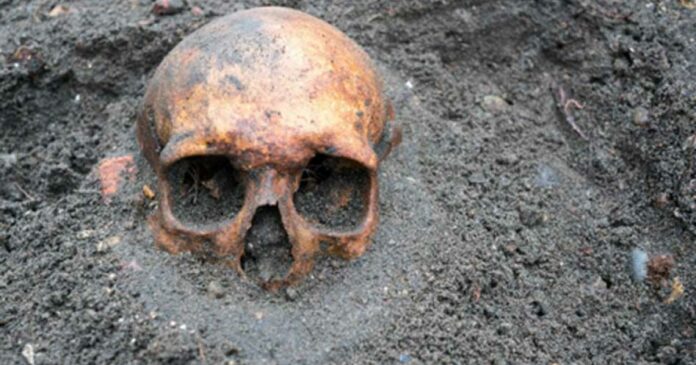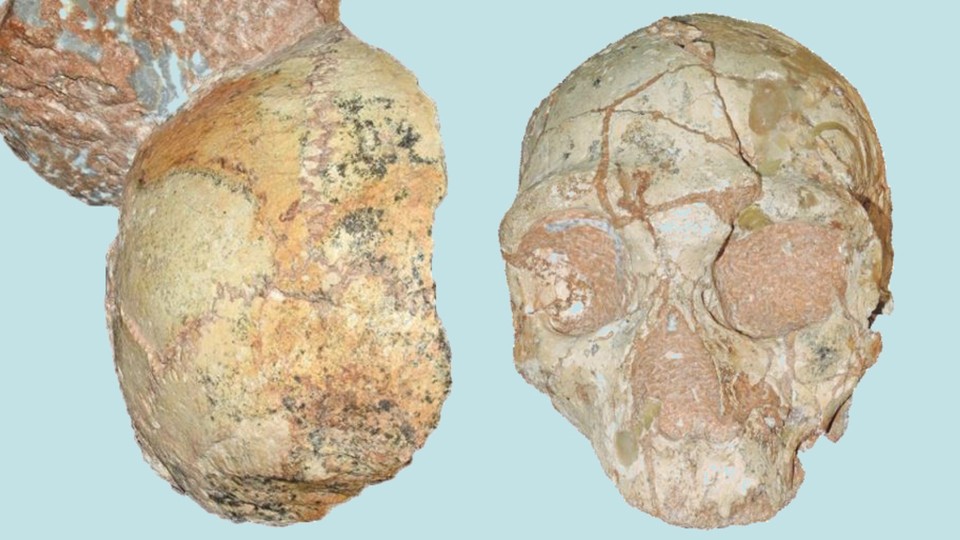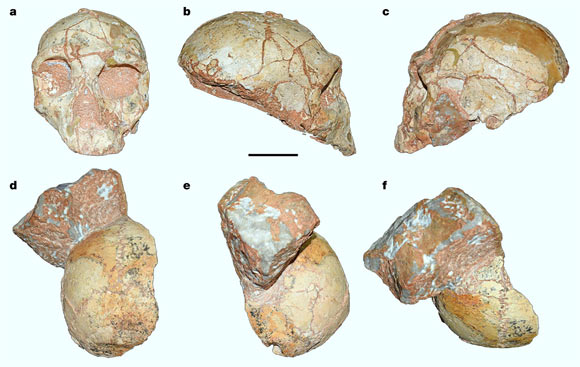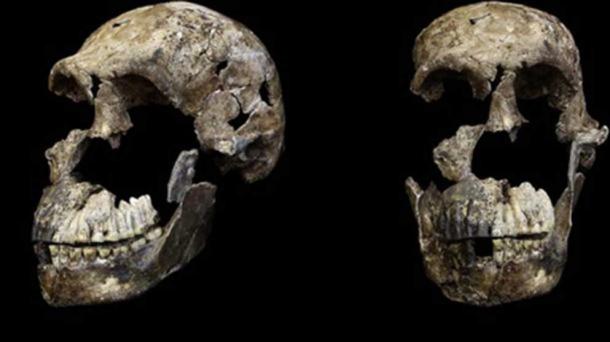The narrative of human evolution has always fascinated us, with fresh discoveries constantly pushing us to rethink how our species rose to global dominance. A groundbreaking study published in the renowned journal Nature reveals a significant find that could alter the timeline of Homo sapiens’ departure from Africa. A 210,000-year-old human skull found in Greece’s Apidima Cave is now the earliest evidence of our species outside Africa, extending the known date of this monumental migration by over 50,000 years.

The Discovery of Apidima 1 and Apidima 2
The Apidima Cave, situated along the southwestern coast of Greece’s Peloponnese peninsula, has intrigued paleontologists for years. In the 1970s, two cranial fossils were unearthed in the cave, initially thought to be Neanderthals. The first, named Apidima 1, consisted of half the rear part of a skull, while the second, Apidima 2, was a nearly complete skull, although heavily distorted during fossilization.

Revealing the True Identity of the Fossils
For decades, these fossils remained in the general collection of hominin remains, their true significance unnoticed. However, a recent study led by an international team of researchers, including Katerina Harvati, has illuminated their importance. Using advanced digital reconstruction techniques, the team corrected the distortions in Apidima 2, confirming it as an early Neanderthal from about 150,000 years ago.

The real revelation came with the analysis of Apidima 1. Through a combination of digital reconstruction and radiometric dating, researchers identified this fossil as an early Homo sapiens, dating back an astonishing 210,000 years. This makes it the oldest known instance of our species outside Africa, challenging the long-held belief that modern humans left the continent around 70,000 years ago.
Implications for Our Understanding of Human Evolution
This groundbreaking discovery adds to a growing body of evidence suggesting that humanity’s spread across the globe and its interactions with other hominin species are more complex than previously thought. The traditional view of modern humans emerging from Africa, displacing earlier hominins, and rapidly spreading worldwide is increasingly questioned by new fossil and genetic findings. The Apidima 1 skull, with its unexpected age and location, indicates that the initial dispersal of our species from Africa might have been sporadic and less successful compared to the later, more widespread migration that led to the decline of Neanderthals and other species.

Conclusion
The discovery of the 210,000-year-old Homo sapiens skull in Apidima Cave, Greece, is a milestone in our understanding of human origins. This significant find challenges long-held assumptions and highlights the complexity of our species’ journey across the globe, often coexisting with other hominins. As we continue to unearth new evidence, the story of our past grows ever more intricate, encouraging us to approach it with greater nuance and an open mind. This discovery marks a pivotal moment in the ongoing quest to uncover the mysteries of our shared human heritage.




